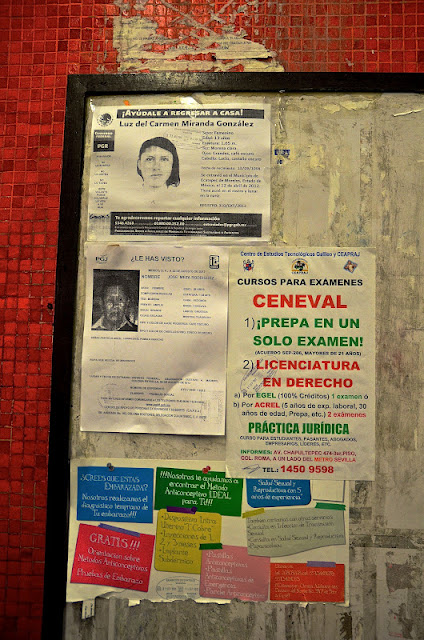Our Lady of Guadalupe is an aspect of the Virgin Mary who appeared to St. Juan Diego Cuauhtlatoatzin, an Aztec convert to Roman Catholicism, in 1531. According to the traditional account, Juan Diego was walking between his village and Mexico City on December 12, 1531 when Our Lady of Guadalupe appeared, speaking to him in his native Nahuatl language. She told him to build a church at the site.
When Juan Diego spoke to the Spanish bishop, the bishop did not believe him, asking for a miraculous sign to prove his vision's authenticity. The Virgin appeared to Juan Deigo again and, although it was winter, to him to gather flowers. Miraculously, Spanish roses bloomed right at his feet.
When Juan Diego presented these to the bishop, the roses fell from his apron (the Tilma) and an icon of the Virgin was miraculously imprinted on the cloth. The bishop ordered a church built at once, dedicated to Our Lady of Guadalupe. The shrine of the Virgin of Guadalupe has proved extremely popular in Mexico ever since. Spanish missionaries used the story of her appearance to help convert millions of indigenous people in what had been the Aztec Empire.
Our Lady of Guadalupe still underpins the faith of Catholics in Mexico and the rest of Latin America, and she has been recognized as patron saint of Mexico City since 1737. Her patronage continued to extend until it included all of America by 1946.
On November 14, 1921, a factory worker placed a bomb a few feet away from the apron. The explosion demolished the marble steps of the main altar, blew out the windows of nearby homes and bent a brass crucifix, but the fabric suffered no damage. Since 1993, the apron has been protected by bullet-proof glass.
In 2002, the Pope declared Juan Diego a saint; he was the first Mexican to achieve sainthood.
When arriving at the site we were shocked at the hundreds of stalls selling all kinds of Catholic treasures - I expected to see some souvenir stands but this was something else. We parked and were shown to one of the biggest shops I have been in - it was roughly the size of 4 basketball courts and it only sold Catholic artifacts. You name it, they had it!
Of course the shop had endless rosary beads, jewelry, t-shirts, coffee cups, crucifixes posters, paintings, statues and you could even purchase your own full set of the stations of the cross. However.....
What more could a devout Catholic Cowgirl want?
Some of Our Lady of Guadalupe clothing for your dog!
Perhaps an iPhone cover is more your style?
The original Basilica of Our Lady (the Antigua Basilica) dates from 1536 and still stands. However, the structure weakened over the years and the massive congregation outgrew the modest-sized basilica. The ground is actually sinking and it is expected the church will be closed within the next hundred years.
Below is the 18th century church that was built between the older two churches. It is a very small but beautiful chapel. The photo is not crooked and you can clearly see the extent the damage the sinking ground is having on this building.
This is the larger 17th Century Church - again it will be forced to close within the next hundred years.
Built in a flamboyant '70s style, the new basilica looks more like a stadium than a church. But here the focus is not the architecture or history of the building, but the holy relic and services held here. it is in a circular shape so that the image of the apron can be seen by everybody inside it.
While we were visiting a large group of girls arrived on a field trip. They were perfectly behaved and sat proudly for their photograph in the church.
The pilgrimage to the Basilica of Guadalupe is extremely popular. Some pilgrims crawl on their knees for miles as they approach the basilica before praying to the Virgin of Guadalupe. Pilgrims arrive year-round but up to five million flock to the shrine on December 12.


























































